A year in the vineyard in 7 crucial stages: from pruning to harvest
Introduction - the main lines of our season in the vineyard
In this article, I want to explain the life cycle of the vine in the vineyard. The magical moments of the vineyard. I'm not going to talk about diseases or pests in the vineyard. Those exist too. There are even times when you want to level your vineyard with a pruning saw. That's the passion of the (beginner) winemaker. Fortunately, there are also times when you're truly happy in your vineyard. Those moments surpass everything and are the most memorable. But information about crop protection will come later. My vineyard is my muse, who gives me so much love but also occasionally rejects me and does her own thing. But as I get to know her better, I accept her whims, and even more so, I prepare for them and anticipate them. True love, indeed. I speak of my vineyard in the feminine; you choose the gender of your vineyard yourself :)
Phase 1: Winter pruning or soft pruning (March)
Since last year's harvest, our vineyard has been in a well-deserved rest. The sap flow in the vine stopped after the harvest when the weather got colder. The vine remains in vegetative dormancy until about March. In early April, when average daily temperatures rise, the vine begins its beautiful story again. But before that happens, we do winter pruning or soft pruning. We only need a limited amount of last year's wood. The longer we leave the vine undisturbed, the later it starts to sprout. If you wait to prune, the energy or growth force is distributed to the remnants of the previous year's shoots. If we prune earlier, all the energy goes to the remaining branches, and they sprout much sooner. I previously wrote an article about pruning vines: Pruning vines: Building up the first 3 years and then maintaining them.

This is a section with about half of my vines just after winter pruning or soft pruning
Phase 2: The budding (le débourrement)
Just like the winegrower's blood, the sap within the vine also flows more quickly. This is due to the increased daylight hours and rising average daily temperatures. It's a wonderful time to see a few green spots in the vineyard again. At the same time, fear sets in every time the mercury flirts with freezing. Until the Ice Saints leave the country on May 15th, we must remain vigilant for night frost.

The swelling buds are about to burst It's wonderful to know that the grapes are already formed inside the buds; they just need to grow. If only it were that simple :) Each stage of bud growth has a different frost tolerance. Here's a list:
- Swelling of the buds: -8 °C
- Wool stage: -6 °C
- Green dot: -2 °C
- Bud break: -1 °C
- Young leaves / stems: -0.5 °C
These are estimates, the wind and thermals (specific weather conditions) in your vineyard also play a role.

This early bud already contains all the structures of the grapes

The same button 1 week later
Stage 3: Leaf development in the vineyard
Many of the nutrients needed for cell formation and chemical processes in your plant come from your soil. But the leaves also play a crucial role. They are your vine's solar panels. They draw energy from sunlight during photosynthesis, which produces fructose and glucose—the Red Bull for your grapes. Your vine's journey now lasts at least five months, and that requires energy. The shoots grow centimeter by centimeter. Leaves emerge in a zigzag pattern across the shoots. As soon as your shoots reach 10 leaves, you need to start thinking about crop protection.

At this stage of the vine I remove any double shoots that emerge from the eyes of your bent fruit bearer. From now on, canopy management is also relevant. We need a minimum of energy-producing leaves to help our grapes grow and store sugars. However, an abundance of leaves also poses a risk of mold if your canopy doesn't dry out in time after rain or morning dew. Removing too many leaves also poses a risk of sunburn (burning the skins of your grapes). In addition to crop protection, a comprehensive article on canopy management will be published. What I do want to advise you now is that once the fourth to sixth leaves appear, you can remove all the double shoots emerging from the buds on your bender. There's no point in growing two shoots from one bud. Shoots that are too close together or lacking in vigor—the weak ones—can also be removed. Personally, I only keep 6 to 8 shoots or suckers per stake.
Stage 4: The flowering or flower formation of the vine (la floraison)
Earlier (at least in this article) we discussed the growing leaves. But the clusters that will later become grapes and your top wine are also quickly visible on the plant. These are green clusters of small balls that you can see on the main vine. This is, of course, not yet flowering; they are not yet grapes (see photo of early flowering). After about the tenth leaf, flowering also begins. During early flowering, the caps of the aforementioned green balls fall off, and the petals of the mini flowers unfold. The entire flowering phase lasts about a month. At the end of flowering, the leaves fall off, and the next phase begins. After flowering begins, it takes an average of 100 days until harvest. During flowering, the flowers are pollinated; grapes are self-pollinating, so you don't need to do anything. A perfect bloom means the grapes are pollinated. If something goes wrong, aborted flowering can occur. This can cause the bulbs where the flowers emerge to drop off, resulting in no or partial fertilization.

Early flowering

In full bloom Poor flowering can be caused by bad weather or by your vine growing too vigorously, depriving the flowers of sufficient nutrients because all their energy is diverted to growing the shoots. Overfertilization or an overly vigorous rootstock can also be the cause of excessive growth. Often, when excessive growth occurs, the shoots are pinched out earlier to prevent the flowers from getting insufficient nutrients. You can still apply effective treatments at the beginning of flowering, but it's best not to spray the clusters during flowering. Only do so again at the end of flowering. You can read more about this in an article about crop protection.
Phase 5: Fruit set in the vineyard (la nouaison)
Once the flowers have disappeared, we need to be on the lookout for powdery mildew , downy mildew, and botrytis. As the leaves fall off, there are vulnerable spots on your mini grapes that fungi can exploit to invade your bunches, with all the consequences that entails.

After flowering, fruiting begins, and the small grapes are born. These are young Regent grapes. After flowering, the berries swell and the true grape clusters are formed. When the berries begin to touch and the clusters begin to close—the "grape fermeture"—you need to be on your guard again. This is the last time you can spray crop protection products between the vines. Once your clusters are closed, it's no longer easy. With very compact clusters, such as those of the Johanniter, this is impossible. With stretched clusters, such as those of a Regent grape, this is less of an issue.
Phase 6: The discoloration of the grapes or la véraison
The color change is beautiful to look at and reveals that the grape is ripening. But more importantly, a few very important things happen during the grape's véraison. Here are the three most important things during the ripening process:
- The increase in sugars. As mentioned before, your vine produces sugars (fructose and glucose) through its solar panels, leaves, and photosynthesis. These sugars are essential for wine production. Your foliage must therefore be in top condition. It must be healthy and receive sufficient nutrients and water. Otherwise, you won't get enough sugar in your grapes, and you may have to add sugars during the winemaking process, which is never a good thing.
- The polyphenols (flavor) and anthocyanins (color) in the grape ripen. All the flavor and color components of the grape are found in the skin and the seeds. As the grape ripens, the polyphenols soften. Imagine biting into the seeds of an unripe grape (green seeds) and then into a ripe grape (brown seeds). The same applies to the skin. If it's unripe, your mouth will dry out due to tannins (one of the polyphenols). Unripe polyphenols contribute to bitterness and unpleasant aromas in your wine. Ripe polyphenols contribute to body, elegance, structure, ripe aromas, beautiful color, and more. Polyphenols can also be overripe, sometimes resulting in jammy wines that don't always invite you to sip them again.
- The decrease in acidity. As sugars increase and the polyphenols in the grape ripen, acidity decreases. Acidity is expressed in various units. For convenience, we use the pH value and the number of grams of tartaric acid per liter. Professional winemakers often send grape samples to a lab where many more measurements are taken. We do everything ourselves.

These Regent grapes started to change color at the end of July 2020. As mentioned, as amateur winemakers, we'll be using our pH meter and refractometer to find a balance and estimate the harvest. As you approach that date, it's also a good idea to start measuring the grams of tartaric acid per liter using a titration test. The pH meter is indicative and easy to measure. A separate article about measurements in the vineyard will be published. Not every grape or wine style requires the same level of ripeness. Sparkling wines, or sparkling wines, typically use very early-ripening grapes with low sugar, less phenolic ripeness, and high acidity. This contrasts with a full-bodied, powerful red wine suitable for aging, where ripeness and alcohol are more important, and acidity is less important.
Phase 7: The harvest of our wine grapes - the supreme moment
It's always a wonderful moment. I swear, the night before the harvest, I have trouble sleeping. I go over every step in my head 200 times. That's a very personal thing; other winemakers might sleep incredibly well the night before the harvest, but not me :) Harvesting isn't just about cutting grapes and placing them in a harvesting bin or a peat crate. No, there's a lot more to do before you can harvest. Your winemaking equipment needs to be there, and it needs to be clean and sterile. Nothing is more frustrating than something being missing. Every year, I make a shopping list of what I need. I try to have everything ready in time. Also, try to have your notes ready for vinification. The information you record during the winemaking process is so valuable!

My (limited) harvest of Pinot Noir and Chardonnay resulted in 13 bottles of Petnat in 2020 In the weeks leading up to the wine, I run through the whole process in my head a hundred times: cutting, destemming, destemming, crushing, pressing, measuring... Everything should be ready, like a movie script where you're just the director. The script will be different for white, red, or rosé wine. Everything has to be physically ready and clean, but you also have to be mentally prepared, and it's best to have the time and space. If you have to rush or still have to gather and clean everything, making wine is definitely not fun. Make sure you have clean pruning shears and harvesting bins, and harvest in the morning while your grapes are still cool. This way, they'll oxidize less quickly, and with white wine, you can cool it down faster before pre-clarification. Warming is always easier than cooling. You can find all the information you need in the articles on winemaking.
Finally, about the different phases of a year in the vineyard
Every vintage is different, that's what makes it so exciting. Nature is in charge, and you're on the sidelines, doing your utmost to harvest healthy, ripe grapes. Only after the harvest can you let your vineyard rest until winter pruning or soft pruning the following year. If you find the information on Wijnbouwweetjes.com valuable, share it with your friends and consider purchasing your items from our online store . This way, you help spread the passion for vineyards. An online store with winegrowing equipment, winemaking supplies, and lots of information about making wine—it didn't exist yet. And I want to change that. I hope you'll be willing to help. Good luck with your vineyard, your vineyard-in-progress, or your dreams about a vineyard. Tom
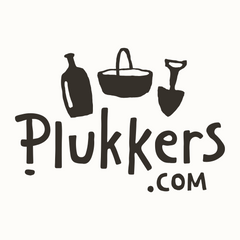
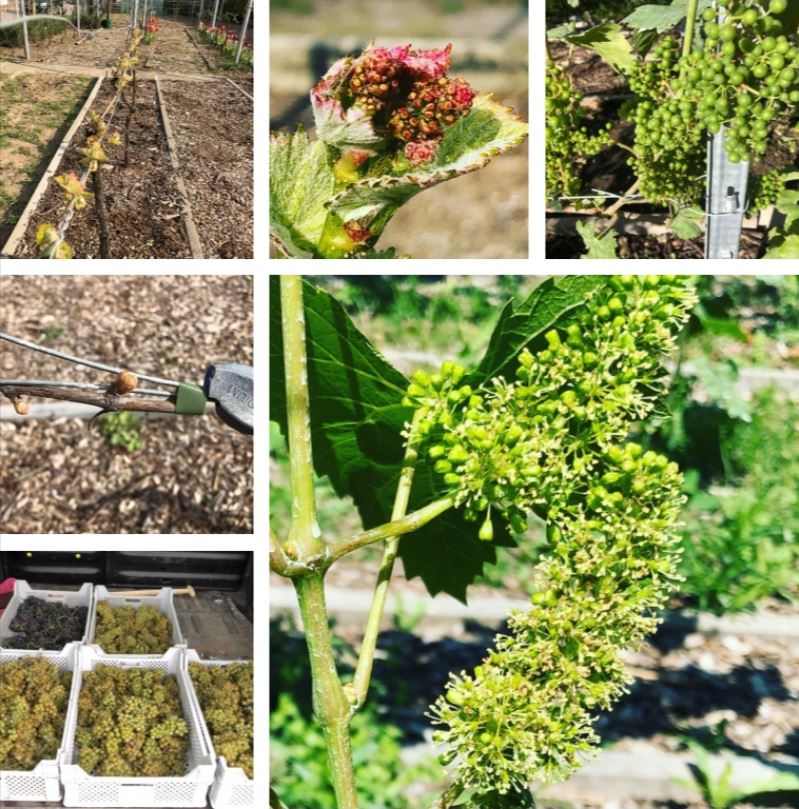
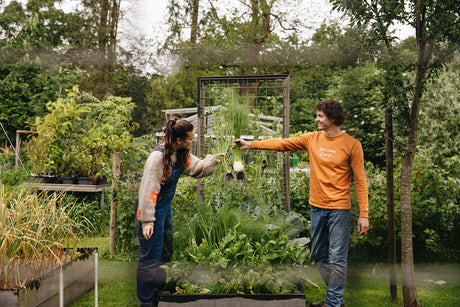

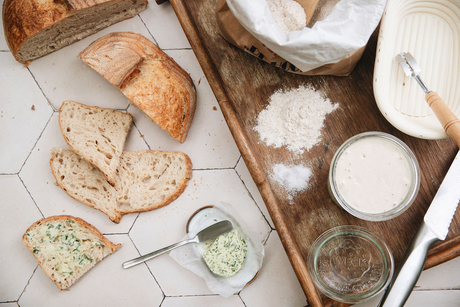

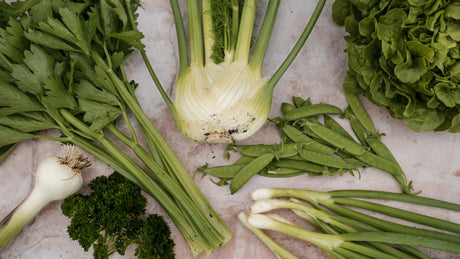

1 comment
Beste, deze link faalt, kunmt u die aub herstellen?
: Wijnstokken snoeien : De eerste 3 jaar opbouwen en daarna onderhouden
Dank u. Beginnende druiven tuinier.